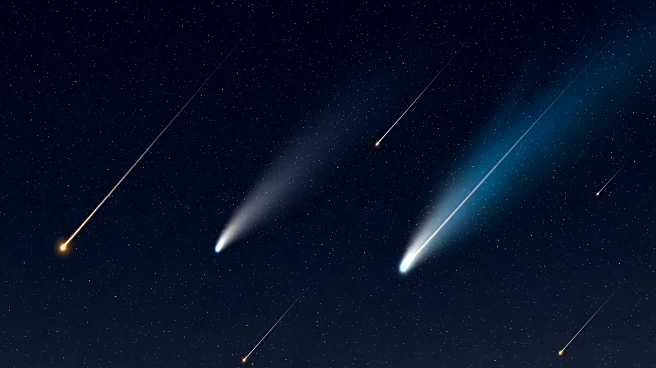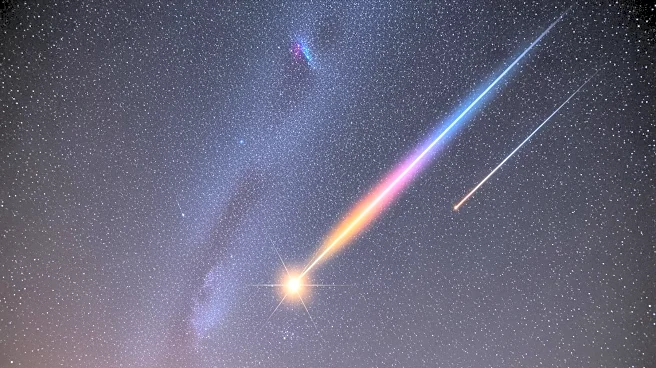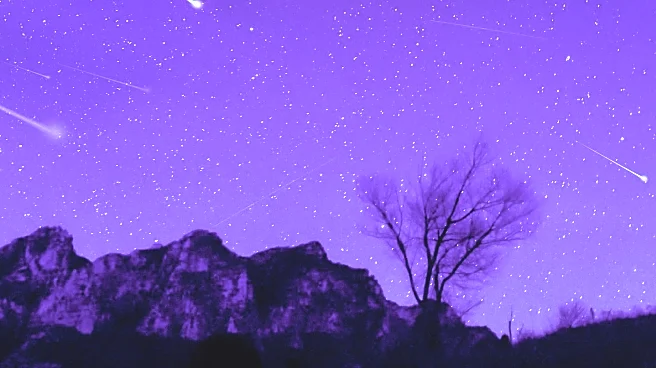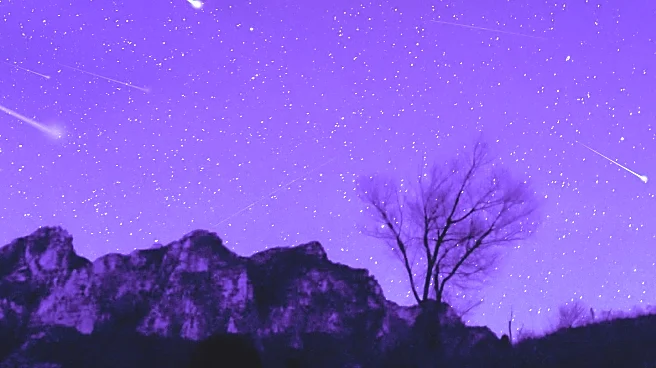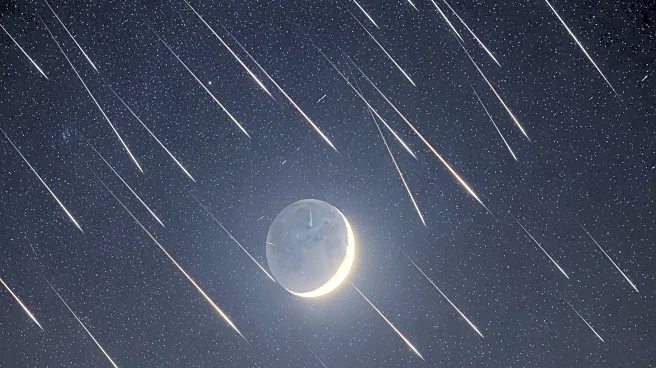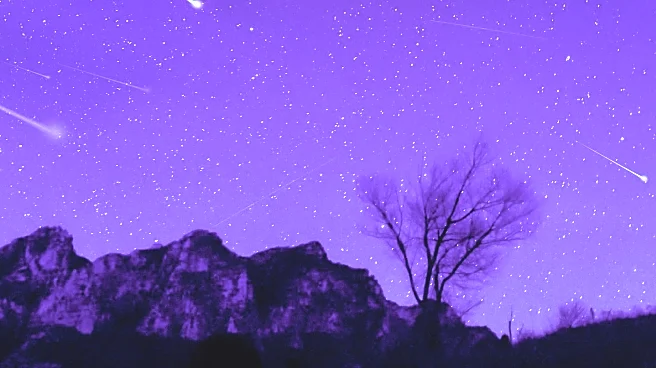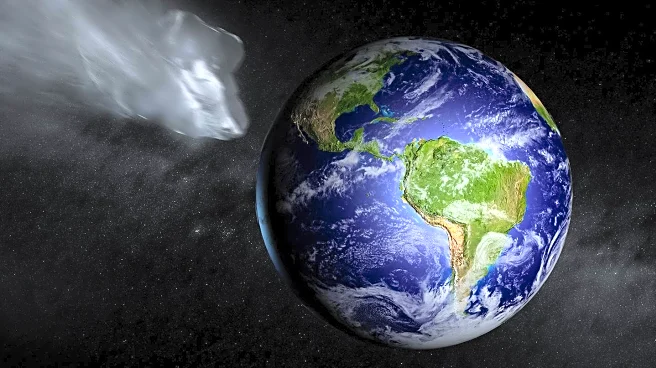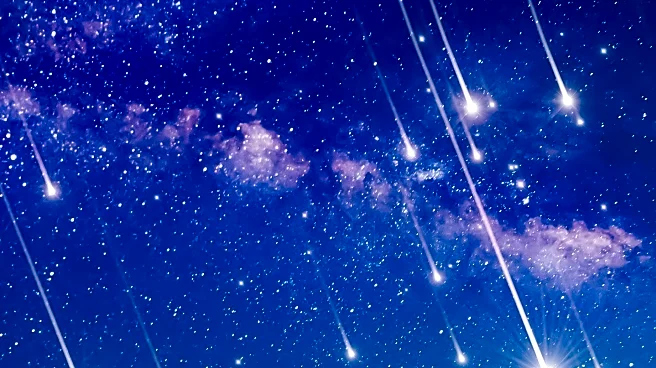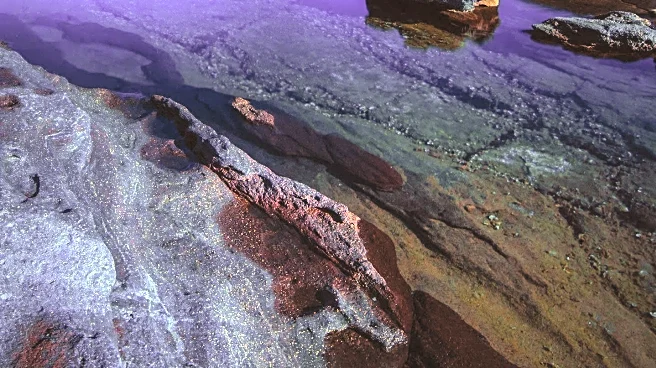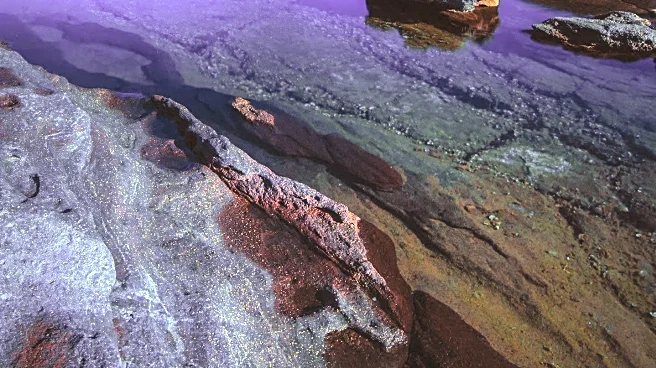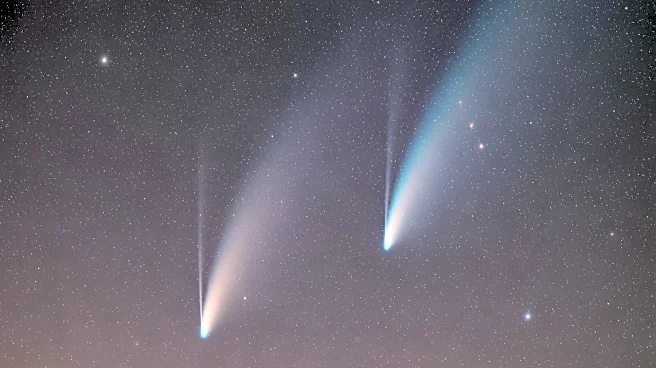What's Happening?
The Orionid meteor shower, known for its fast-moving meteors, is set to peak this week. The shower will be most visible in the early morning hours of October 21, with up to 20 meteors per hour expected.
This year's peak coincides with a new moon, providing optimal dark skies for viewing. The Orionids are characterized by bright, white streaks and occasional gas trails. In addition to the meteor shower, two comets, Comet Lemmon and Comet SWAN, are visible in the night sky, offering a rare celestial double feature.
Why It's Important?
The Orionid meteor shower, along with the visibility of two comets, presents a unique opportunity for astronomical observation and public engagement. These events highlight the dynamic nature of the solar system and encourage interest in space science. The presence of comets adds an extra layer of intrigue, as they are less frequently visible than meteor showers. This combination of celestial phenomena can inspire educational activities and community gatherings focused on astronomy.
What's Next?
As the Orionid meteor shower continues through November 22, observers can look forward to additional meteor showers later in the year, such as the Taurids and Geminids. The visibility of Comet Lemmon and Comet SWAN may also prompt further interest in comet observation and study. Organizations like NASA and the American Meteor Society will continue to provide updates and guidance for viewing these events.
Beyond the Headlines
The simultaneous occurrence of the Orionid meteor shower and two visible comets underscores the complexity and beauty of the night sky. These events highlight the importance of preserving dark skies to ensure optimal viewing conditions. Efforts to reduce light pollution can enhance the experience of observing celestial phenomena and promote awareness of environmental impacts on astronomy.
